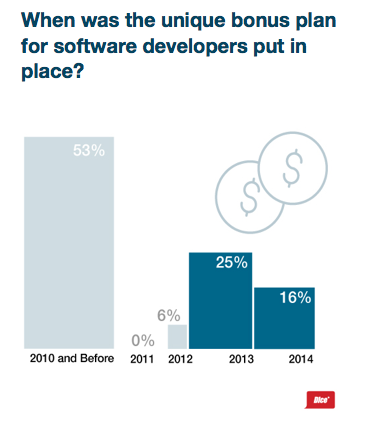
Big news this week as the Institute of Electrical and Electronics Engineers approved the 802.1aq-2012 Standard. It's known as Shortest Path Bridging (SPB) and will help reduce the complexity of Ethernet networks while increasing their scale. It uses the functionalities of existing technologies like Spanning Tree Protocol (SPT) and Multiple MAC Registration Protocol (MMRP) and incorporates them into a single link state protocol. The new standard is plug-and-play and designed to help eliminate human errors that may occur during network configuration, and make it easier to use and maintain. Hear that enterprise, telecom and cloud network administrators? To deliver the power and ability to scale, the SPB standard combines Intermediate System To Intermediate System (IS-IS) and Ethernet. Using a Service Interface Identifier (I-SID), SPB supports 16 million unique services, while its predecessor supported only four thousand. Tony Jeffree, chairman of the IEEE 802.1 Working Group, said in a statement:
Ethernet is a uniquely enabling technology that has indelibly changed the face of the networking and communications landscape; yet, for all of the benefits it brings – improved interoperability and enhanced functionality, for example – it is still subject to challenges like increased complexity in network architectures and simple human error. IEEE 802.1aq will help minimize these issues by providing a robust control plane that delivers greater scale, resiliency, and efficiency in Ethernet networking, simplifying operations and minimizing human error.
Related Link
IEEE Approves New IEEE 802.1aq™ Shortest Path Bridging Standard [IEEE]
 Big news this week as the Institute of Electrical and Electronics Engineers approved the 802.1aq-2012 Standard. It's known as Shortest Path Bridging (SPB) and will help reduce the complexity of Ethernet networks while increasing their scale. It uses the functionalities of existing technologies like Spanning Tree Protocol (SPT) and Multiple MAC Registration Protocol (MMRP) and incorporates them into a single link state protocol. The new standard is plug-and-play and designed to help eliminate human errors that may occur during network configuration, and make it easier to use and maintain. Hear that enterprise, telecom and cloud network administrators? To deliver the power and ability to scale, the SPB standard combines Intermediate System To Intermediate System (IS-IS) and Ethernet. Using a Service Interface Identifier (I-SID), SPB supports 16 million unique services, while its predecessor supported only four thousand. Tony Jeffree, chairman of the IEEE 802.1 Working Group, said in a statement:
Big news this week as the Institute of Electrical and Electronics Engineers approved the 802.1aq-2012 Standard. It's known as Shortest Path Bridging (SPB) and will help reduce the complexity of Ethernet networks while increasing their scale. It uses the functionalities of existing technologies like Spanning Tree Protocol (SPT) and Multiple MAC Registration Protocol (MMRP) and incorporates them into a single link state protocol. The new standard is plug-and-play and designed to help eliminate human errors that may occur during network configuration, and make it easier to use and maintain. Hear that enterprise, telecom and cloud network administrators? To deliver the power and ability to scale, the SPB standard combines Intermediate System To Intermediate System (IS-IS) and Ethernet. Using a Service Interface Identifier (I-SID), SPB supports 16 million unique services, while its predecessor supported only four thousand. Tony Jeffree, chairman of the IEEE 802.1 Working Group, said in a statement:

